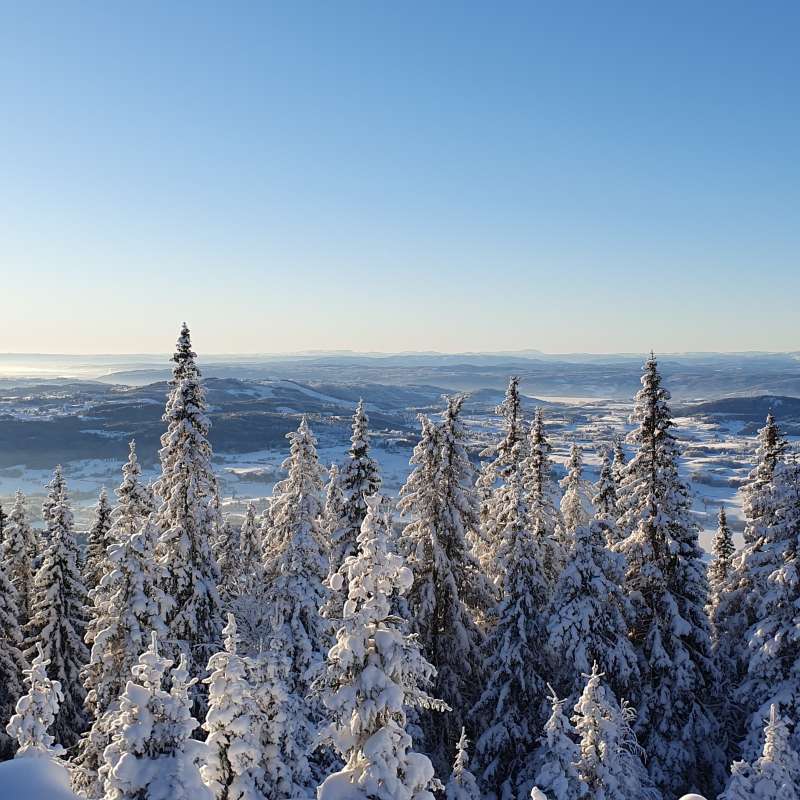Ana Aza
Forsker
Biografi
Jeg er en del av koordineringsteamet for Norges nasjonale klimagassregnskap for arealbrukssektoren (LULUCF) under FNs klimakonvensjon (UNFCCC) og EU. Arbeidet mitt inkluderer å beregne og rapportere karbonutslipp og -opptak for LULUCF-sektoren og å bidra til prosjekter som analyserer sammenhengen og effektene av nasjonale og internasjonale politiske tiltak på arealbruk, inkludert drivere, korrelasjoner og konsekvenser. Jeg har erfaring med risiko- og usikkerhetsanalyser, langsiktig planlegging i skogsektoren og evaluering av ordninger for betaling for økosystemtjenester. Min kompetanse inkluderer LULUCF, klimaendringer, karbonregnskap, politisk analyse og risiko- og usikkerhetsanalyser.
Forfattere
Ana Aza Baders, Endijs García-Gil, M Rosario Kniivilä, Matleena Ling, Erik Lukmine, Diana Mustonen, Mika Rautio, Pasi Svensson, Johan Tolvanen, Anne Knut ØistadSammendrag
Key messages: Multifunctionality should serve as a guiding principle for forest governance and investment, complementing production and conservation objectives. To operationalise this vision, three guiding principles should inform EU and national policies: • Plan and manage at the landscape level balancing production, biodiversity, climate adaptation and social needs in complementary ways. Policies should support a diversity of management practices. • Align sectoral policies to ensure coherence between forestry, energy, biodiversity, climate and social objectives. • Reward and support multifunctionality explicitly through advisory programmes, certification systems, and financial mechanisms that recognise and support diverse management practices.
Forfattere
Ana AzaSammendrag
Presentation at the PROFOR seminar in Norway
Sammendrag
Det er ikke registrert sammendrag

